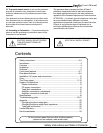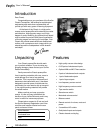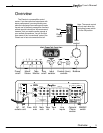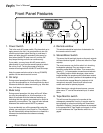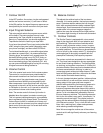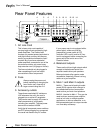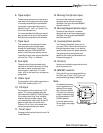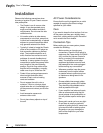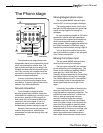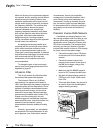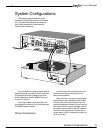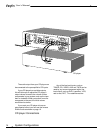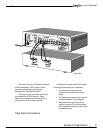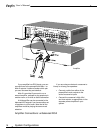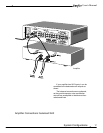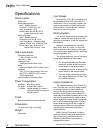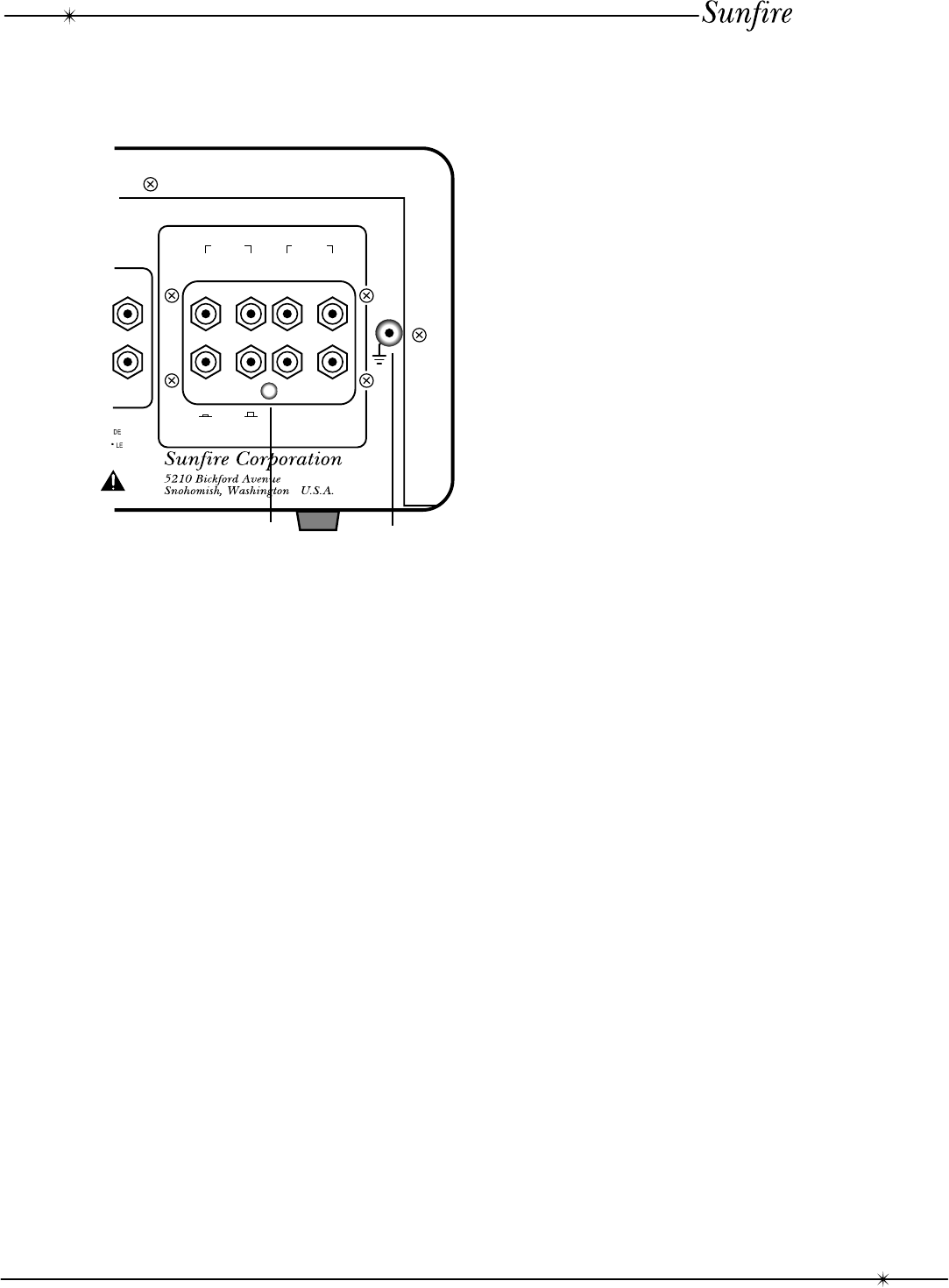
11
User's Manual
The optional phono stage contains two
independent stereo phono preamplifier inputs
which are optimized for specific uses. The
type of phono cartridge you are using in the
turntable will determine which phono input to
use. Only a moving coil cartridge should be
connected to the moving coil input, or it may
become overloaded and distort.
In terms of frequency response, the
moving coil and the moving magnet phono
are identical. In terms of gain and sensitivity,
however, they differ substantially.
Ground connection
If your turntable is equipped with a
separate ground lead (usually a single wire
terminated with a spade lug), connect it to the
ground post, (see item #15 on page 8). In
most cases, this will minimize audible hum
and buzz in the phono signal. If hum is a
problem with your turntable, refer to the
troubleshooting section starting on page 19.
Normally, these are the only connections
made to the ground post, while all other
components are grounded through their own
signal cables.
Moving Magnet phono input
The rear panel MM/MC selector button
must be OUT for moving magnet cartridges.
The moving magnet phono circuit has a
total gain of 40dB, appropriate for typical high
output moving magnet and moving iron
cartridges.
Its input impedance consists of 47K ohms
resistance in parallel with real capacitance.
This prevents the complex input interactions
which can cause small response shifts in
some systems. When plugging the cables into
the Classic’s sockets, be sure each plug is
inserted fully into the socket, making a tight fit.
You can plug the turntable line cord into
one of the accessory outlets on the rear panel
of the Classic preamplifier.
Moving Coil phono input
The rear panel MM/MC selector button
must be IN for moving coil cartridges.
The two inputs marked MC are intended
for use with moving coil cartridges only. This
Phono circuit employs an additional 20dB of
linear gain (for a total of 60 dB to Tape
Outputs), designed especially for the relatively
low voltage output of moving coil cartridges.
The Classic employs a built-in “pre-amplifier”,
but this design is free of the compromises
usually associated with active gain at this
stage.
Historically, the problem of obtaining the
extra gain required for the moving coil car-
tridge has been an expensive proposition. The
problem has been as follows: To obtain low
noise, a step-up transformer has been
required, transforming the low cartridge
impedance up to the 47K ohm input imped-
ance of the phono stage. In this process, the
noise floor of the system is generally estab-
lished by the 3 to 10 ohm source resistance
associated with the moving coil cartridge, and
is therefore very low. However, in order to
obtain signal performance comparable to
even simple active electronic circuits, heroic
The Phono stage
PASSIVE PRECISION
INVERSE RIAA PHONO NETWORK
PHONO/LINE INPUTS
R
L
TUNER
MOVING
COIL
MOVING
MAGNET
PHONO
OUT
LINE
IN
PHONO
INVERSE
PHONO
The Phono stage
MM/MC
switch
Ground
connection



